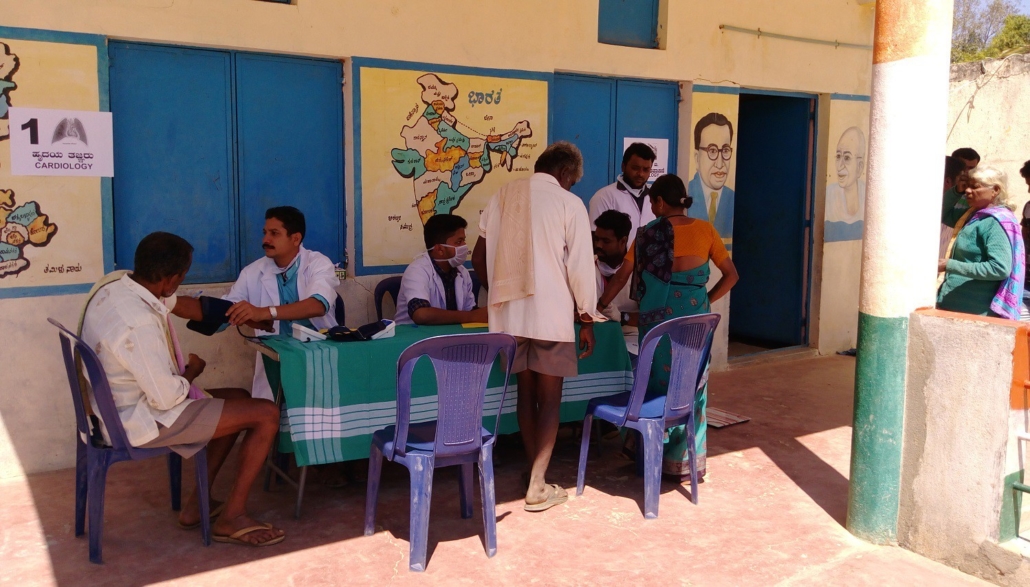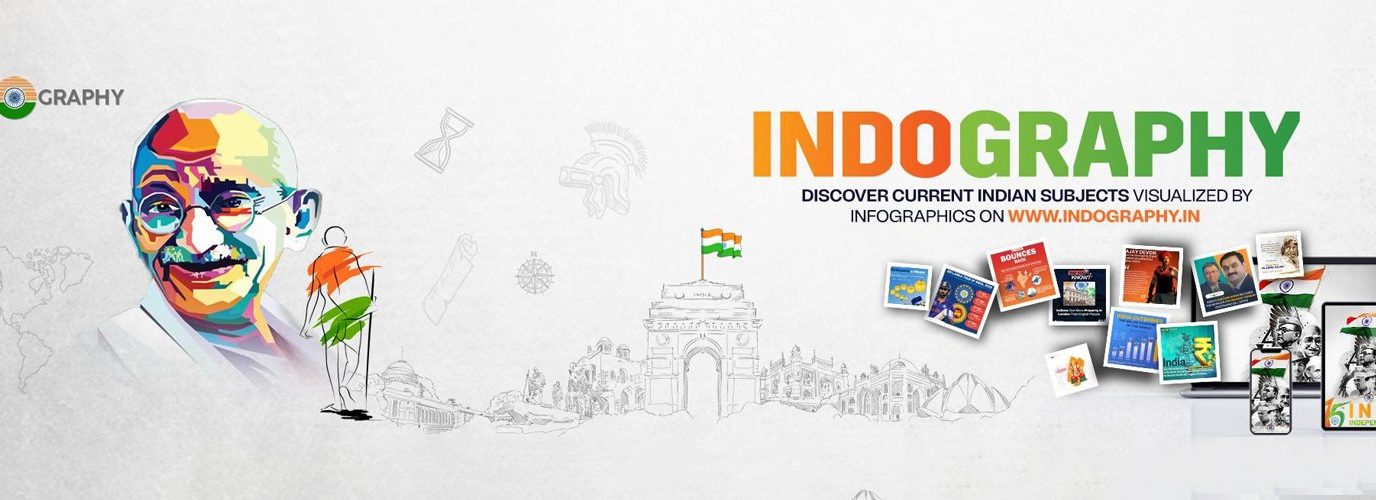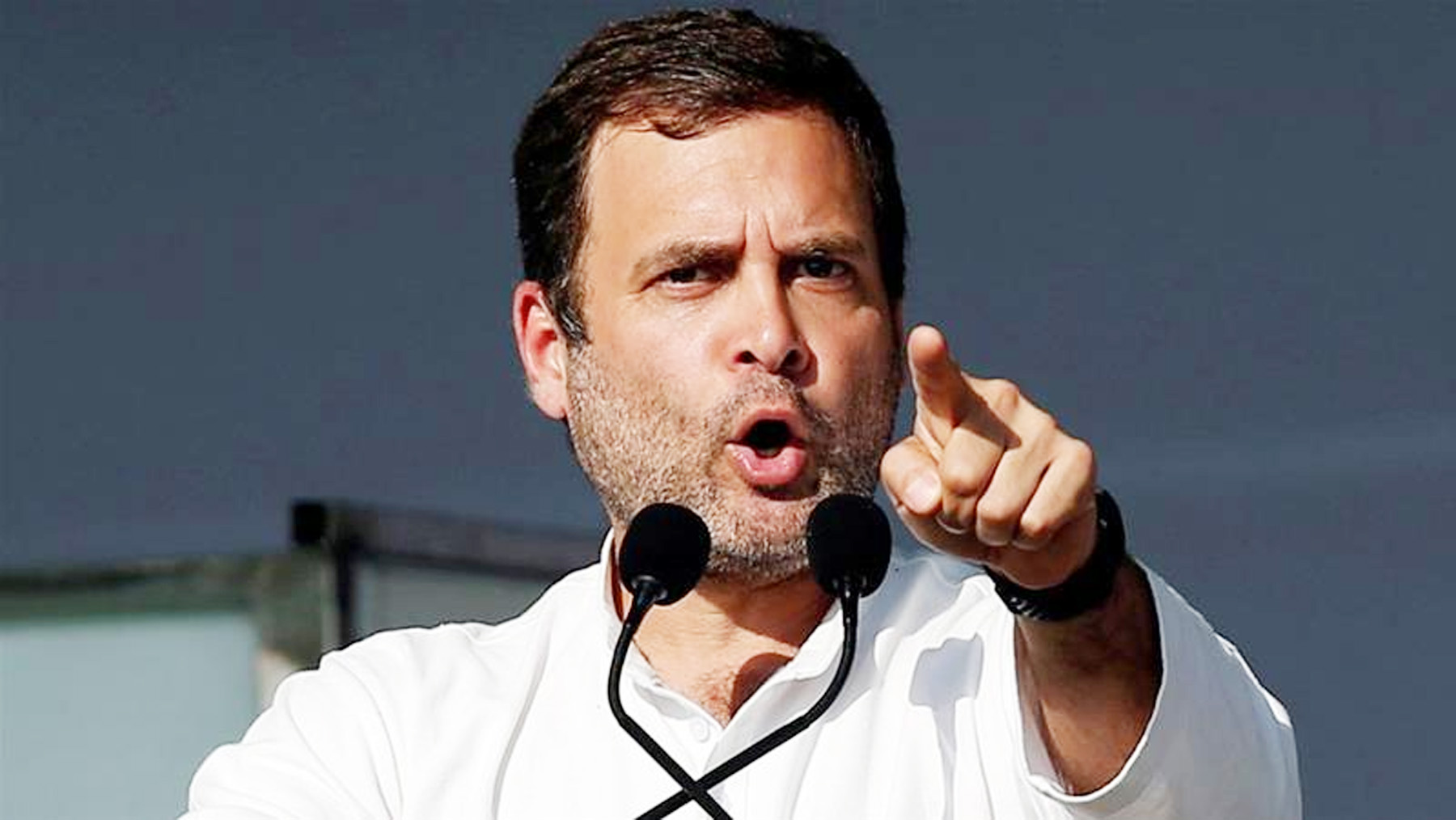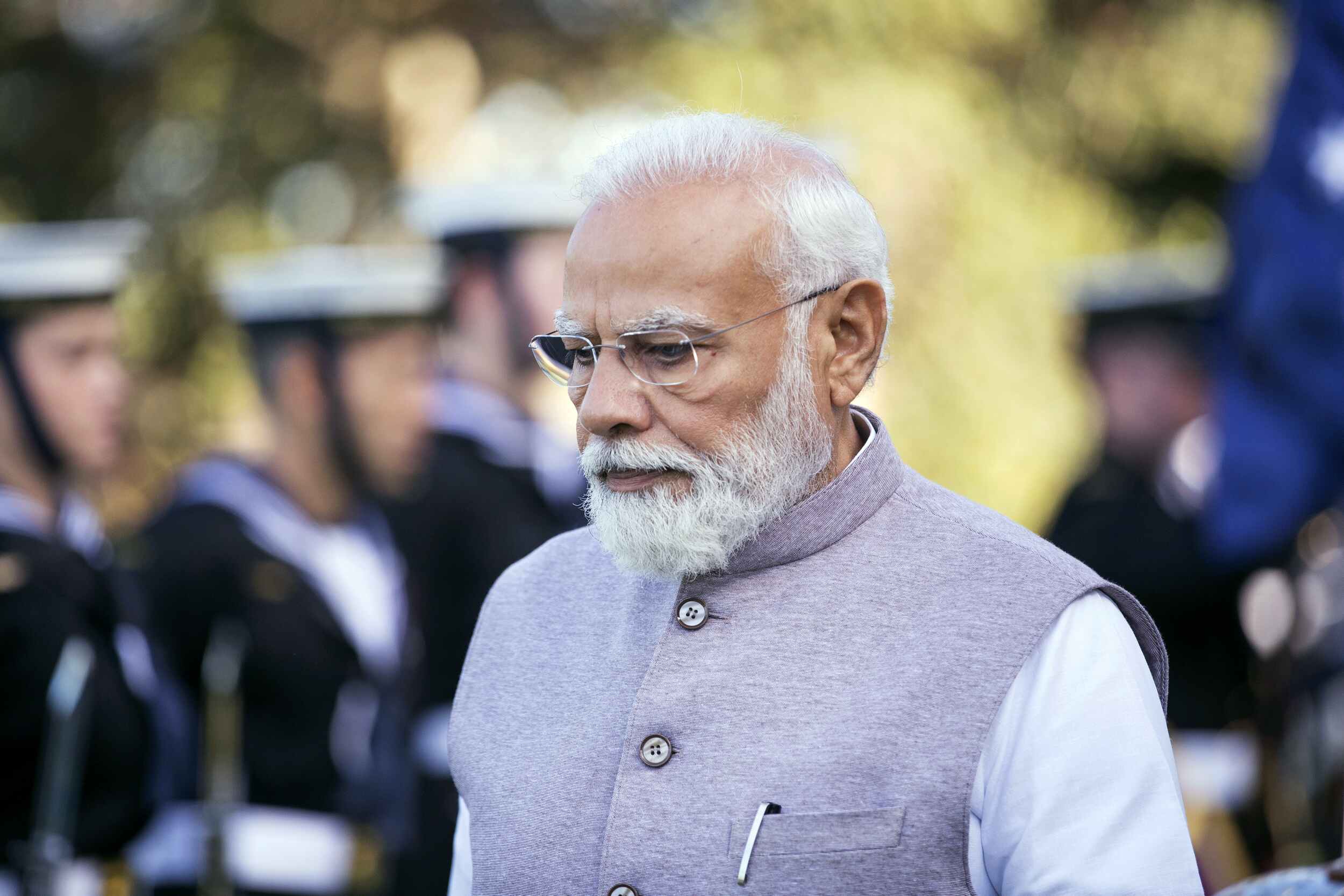Rapid technological breakthroughs, shifting populations, and changing healthcare requirements are causing a dramatic transition in India’s healthcare system. India, the second-most populous nation in the world, presents particular difficulties in providing its people with high-quality, easily accessible healthcare. The promising potential exists nonetheless for the future of healthcare in India, notwithstanding these difficulties.
The technological divide has been a long-standing problem for the healthcare sector. The industry’s capacity to provide patients with outstanding experiences has been constrained by this divide, which has stifled development and innovation. However, healthcare organisations may transform patient care and close this gap by embracing modernization and system connection.
Healthcare systems must make use of cutting-edge technologies like cloud computing, machine learning, and artificial intelligence (AI) in order to close the technological gap. Efficiency, productivity, and general performance are all considerably enhanced by updating legacy systems to include these innovations. Additionally, linking these systems guarantees smooth data transmission and communication, giving healthcare practitioners access to thorough patient records.
Healthcare delivery has been transformed by the growth of telemedicine and digital health platforms, especially in rural and disadvantaged regions. Patients may now speak with healthcare specialists, view medical information, and even get prescriptions remotely thanks to the growing use of cellphones and high-speed internet. This development might help close the gap between urban and rural healthcare systems and lighten the load on already overworked hospitals.
In order to diagnose illnesses, forecast epidemics, and customise treatment regimens, AI and ML are becoming increasingly important. Huge volumes of medical data may be analysed by algorithms to spot patterns and trends, leading to earlier illness identification and more accurate therapies. Medical imaging analysis and drug development are two examples of AI-driven tools that are revolutionising diagnoses and therapy possibilities.
Wearable technology, such as smartwatches and fitness trackers, is quickly becoming a necessary tool for keeping track of one’s health. Vital signs, physical activity, sleep habits, and other things may all be tracked by these gadgets. Wearable technology has the potential to have a big impact on illness management, remote patient monitoring, and disease prevention in the future.
The transition to precision medicine is being driven by developments in genetics and genomics. Treatments can be made more effective and focused by adjusting them depending on a patient’s genetic make-up and molecular features, decreasing side effects, and increasing patient outcomes.
Closing the technological gap in healthcare has many advantages, but it necessitates cooperation among several stakeholders, including patients, providers, and payers. First of all, it enhances users experiences and gives patients more control over their health. By simplifying procedures and lowering medical mistakes, it also boosts healthcare personnel’s productivity. Thirdly, it significantly reduces costs by maximising resource use. Healthcare organisations may use AI and predictive analytics to make smarter, more individualised, and creative decisions regarding patient care by embracing modernization and connectivity.
Future medical technology has huge potential to change the way patients are treated. Real-time monitoring of psychological, emotional, and cognitive states will be possible because of cutting-edge technologies like wearables, biosensors, and brain-computer interfaces. Additionally, innovations like digital medicine, nanorobotics, and smart prostheses will revolutionise post-surgery treatment and drug adherence. The patient experience will be further improved, and health problems will be decreased, through interoperability between medical equipment and hospital information systems.
Healthcare practitioners are supported by technology in many different ways. especially for chronic conditions, it reduces medical mistakes, improves drug safety, and allows for remote patient monitoring. Prescribers can acquire precise information regarding prescriptions via electronic systems and cloud-based solutions, reducing misunderstanding. Systems for monitoring patients remotely give healthcare professionals the ability to remotely assess patient data and decide on the best course of action. Technology also makes virtual care more accessible, enabling patients to simply obtain medical attention from the comfort of their homes.
Healthcare practitioners may now communicate and work together more effectively thanks to technological improvements. Patient participation is raised and results are improved when people can access medical records, connect with doctors, and schedule appointments online. Virtual conferences and other collaboration technologies allow doctors to consult with one another across distances, enhancing patient care and making up for staffing shortages in the medical field. For instance, there is strong evidence that many nations are experiencing a nurse shortage.
As more healthcare organisations adopt digital solutions, 90% of NHS Trusts are expected to have EPRs this year, so protecting patient data is more important than ever. Protecting sensitive information is essential since data breaches frequently affect millions of patients. In 2021, approximately 22.6 million patients in the US were harmed by healthcare-related data breaches. To secure patient data and adhere to national and international rules, stringent procedures such as data encryption, restricted access, and interaction tracking are required.
PwC highlights three crucial elements for attaining digital health scalability. First, a platform strategy that prioritises the sum value across a range of services rather than specific devices Second, efficient scale-supporting back-end procedures for these technologies Finally, to ensure technological uptake and user pleasure, a balance between global development and local market demands must be struck.
The future of healthcare will be characterised by predictive, preventative, and personalised treatment that makes use of patient data and knowledge of genetic profiles, health risks, and more by bridging the technological gap through modernization and connection. It is possible to successfully address the burden of chronic illnesses, which represent a sizeable share of healthcare expenses, by making personalised treatment available to patients when and when they need it. The most significant benefit is that highly customised, outcome-based medicines will be simpler to implement.
India’s healthcare system has a bright future and a lot of possibilities. India can use technological advancements to overcome current obstacles and offer top-notch healthcare to its expanding population with the correct investments, regulations, and partnerships. Precision medicine, wearable technology, telemedicine, and artificial intelligence are just a handful of the numerous instruments that will influence the future of healthcare. In a world that is changing quickly, India can develop a healthcare system that really meets the requirements of its people by putting a strong emphasis on inclusion, affordability, and ethical concerns.








